Incredible places: A window onto extraordinary landscapes on Earth
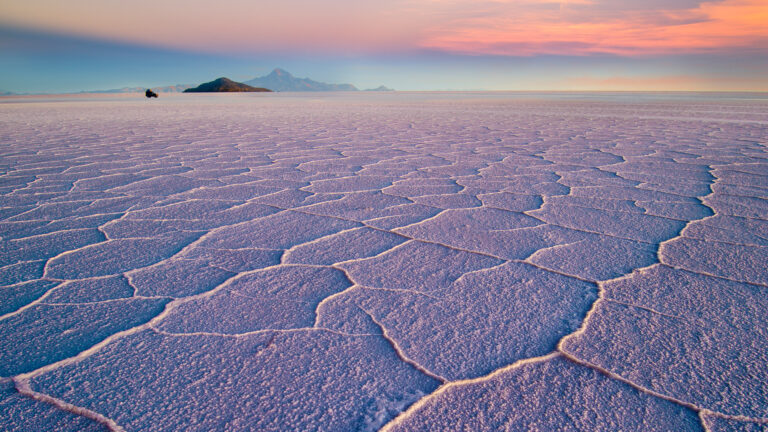
Every week, we open a window onto an incredible place and highlight the fantastic history and science behind it.
Science and Technolgy blog

Every week, we open a window onto an incredible place and highlight the fantastic history and science behind it.

Many patients with ALS die within three to five years of their symptoms starting, so early diagnosis of the disease is critical for treatment.

Given the right conditions, certain types of cells are able to self-assemble into new lifeforms after the organism they were once part of has died.
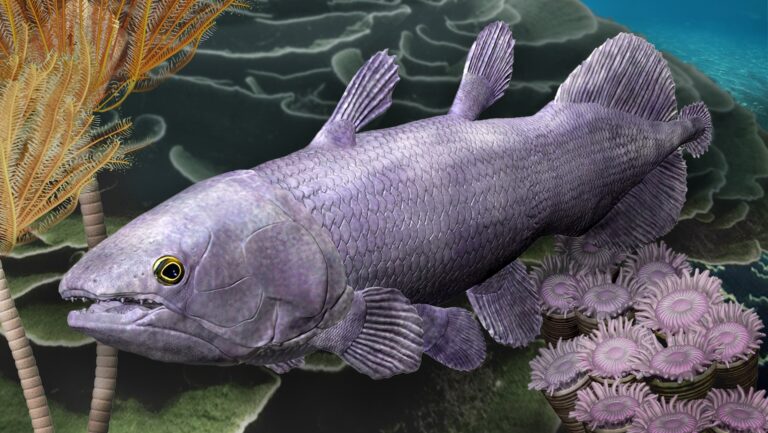
The ancient coelacanth, which has existed for some 419 million years, never stopped evolving despite its reputation as a “living fossil.” A new discovery reveals that it evolved faster when plate tectonics were most active.

A composite image of an annular solar eclipse showing Baily’s Beads won top prize at the 2024 Astronomy Photographer of the Year contest.

AI might help lift conspiracy theorists out of the rabbit hole, but some researchers say proceed with caution.
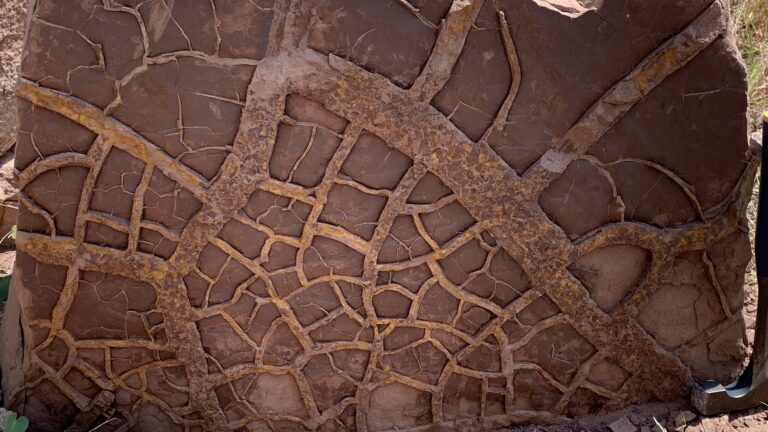
Volcanoes spewing carbon dioxide 250 million years ago heated the climate so much that extreme El Niño events became the norm, pushing most life on Earth past its limits.
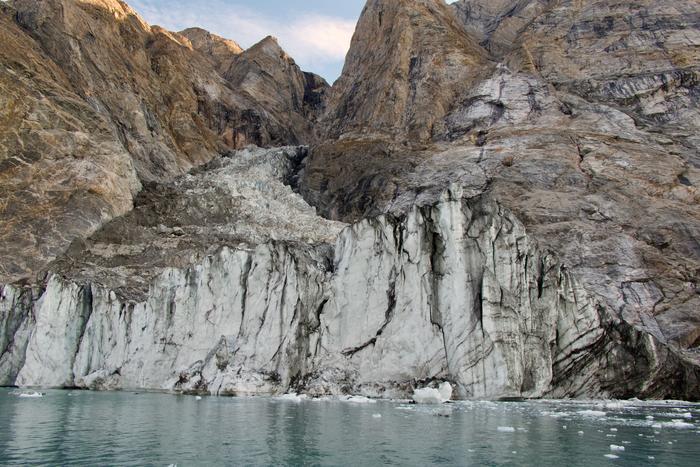
In September, a strange nine-day signal rocked our planet and baffled scientists. Now they have finally found the cause.

Physicists have created a one dimensional gas out of light particles for the first time. Studying how the photon gas behaves could help researchers discover some yet-unknown quantum optical effects.
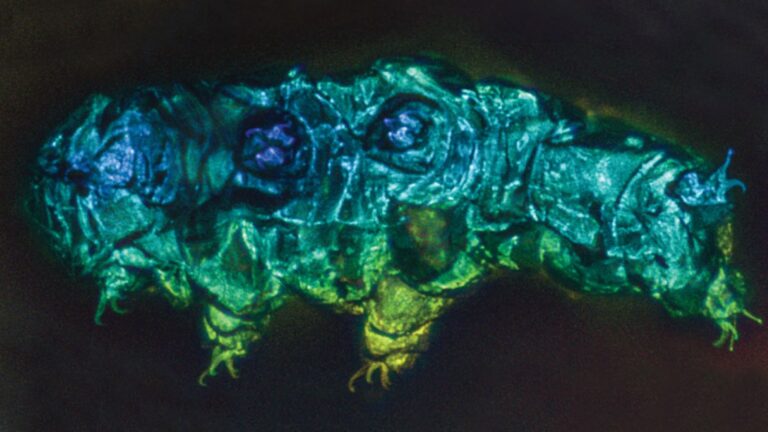
Detailed 3D images of the first tardigrade fossils ever discovered help scientists predict when tardigrades evolved their near-indestructibility — a trait that might have helped them survive multiple mass extinctions.